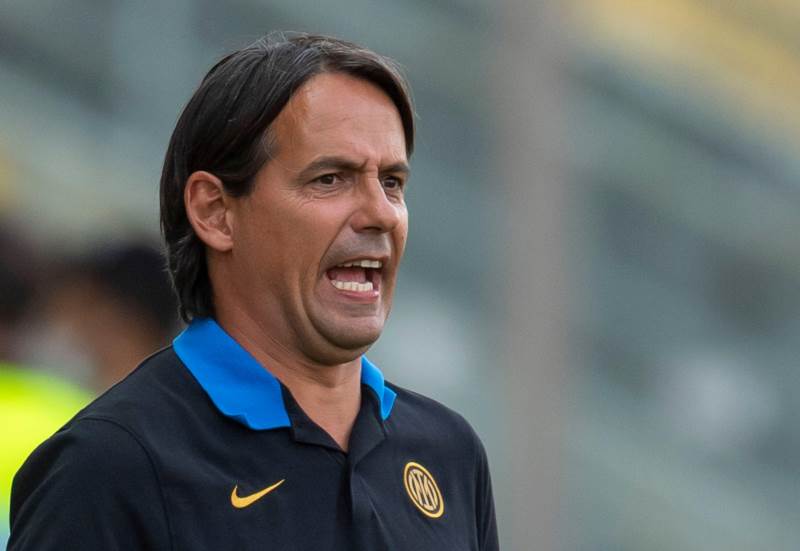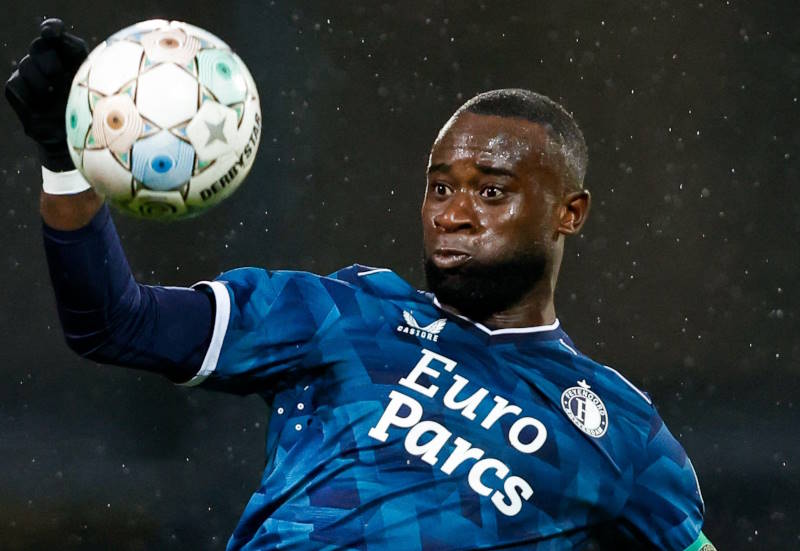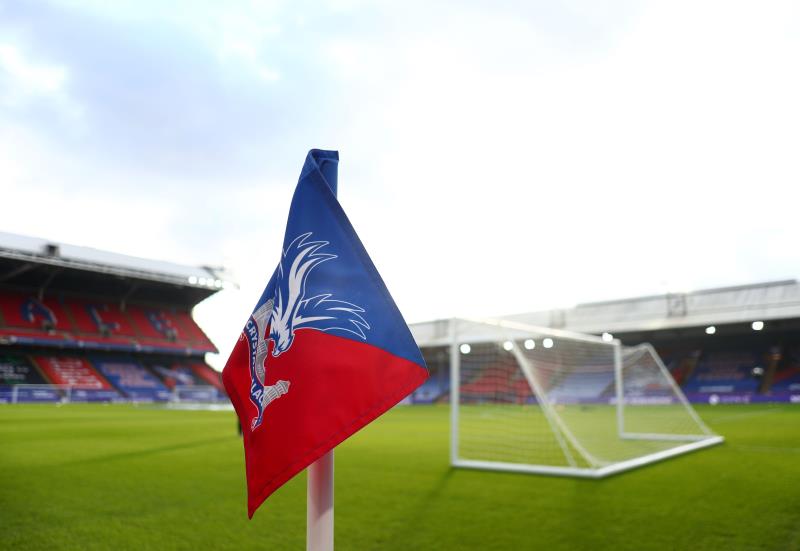
Liam Barnes
Now that the sun has set on the latest transfer window, with a final day which floated along calm waters to its conclusion (in sharp contrast to last season’s trip through the rapids), the blue moon hovering over the Premier League horizon can be fully appreciated, and how their bucking of the more thrift-minded trend caused a ripple effect throughout their opponents.
Manchester City’s takeover and subsequent spending spree has been the driving force in a relatively relaxed transfer window for English clubs. Their need to bolster all areas of their team was directed by Mark Hughes’ policy of hiring top-class players that had crucial experience of thriving in the Premier League, and this meant that all of the £120M he spent was handed over to direct rivals. This in turn funded the replacements of the players transferred to Eastlands, and then some, with Everton bringing in Sylvain Distin to replace Joleon Lescott, Gareth Barry’s departure offset by Aston Villa’s signings of Stewart Downing and young prodigy Fabian Delph, and Thomas Vermaelen’s £10M arrival at Arsenal afforded by the £40M brought in by the sales of Kolo Toure and Emmanuel Adebayor. The money banked also helped Everton and Villa to add more depth to their squads with the signings of Johnny Heitinga, Diniyar Biyaledtidinov, Stephen Warnock and James Collins.
Aston Villa indeed can see the Man City ‘revolution’ as a mixed blessing, as although they lost Gareth Barry in May, they have had enough time to replace him, and the arrivals of Toure and Lescott meant Richard Dunne was available (for a potential bargain price of £5M) to bring the much-needed defensive experience absent since Martin Laursen retired from the game.
The example of Arsenal pocketing the majority of their cash, though, illustrates an unusual trend from this summer, namely that of clubs spending little, and some even profiting from their summer transactions. The most obvious example of this is Manchester United’s £60M left spare from the monumental fee for Cristiano Ronaldo, but Everton still have a good £9M in the bank from Lescott’s fee too, Spurs’ high-cost signings have been balanced by slightly less expensive sales, and the likes of Wigan, Blackburn Rovers and Bolton have spent peanuts in Premier League terms. Even with Villa’s money from Barry’s sale, their net spending comes in at a reasonable £28M, and Stoke City and Sunderland, two clubs who have had money to burn this window, also have unremarkable net spending of around £15-20M each.
Chelsea and Liverpool, the other half of the big-spending big four, may have bought big for Yuri Zhirkov, Glen Johnson and Alberto Aquilani respectively, but they have both fallen victim to the inflated prices of elite players as a result of Man City’s spending, a situation worsened by Real Madrid’s galacticos project once again rearing its ugly head.
The promoted clubs have spent moderately, with outlays of between £10M and £20M each, but it is essential for any promoted teams to add some new faces before facing the uphill battle to survive, and record signings of Kevin Doyle (£6.5M) for Wolves, Cristian ‘Chucho’ Benitez (around £9M) for Birmingham and Steven Fletcher (£3M) for Burnley are hardly bank-breaking gambles, reflecting the need to work within one’s means and avoid ‘doing a Leeds’ should relegation indeed come.
Other than Man City throwing their weight around and sparking spending in their rivals, the other main cause of transfer activity has been the long drawn out takeover and ensuing chaos at Portsmouth, with Peter Crouch, Glen Johnson, Sylvain Distin and Niko Kranjcar following Sulley Muntari, Jermain Defoe and Lassana Diarra out of a crumbling Fratton Park as fast as they could. Other than that, the drop in spending has been caused mainly by negative factors, chiefly inflated prices as a result of Man City’s and Real Madrid’s spending, thwarting any bigger signings such as Franck Ribery or Karim Benzema, the global recession forcing clubs to rein in their debts, and a paucity of top quality strikers changing hands, with more money spent on midfielders and particularly central defenders.
Despite the record TV deal currently enjoyed by the English top flight, and turnover increasing to over £1bn last season for the fist time, the slowdown in transfer spending hints at the effects of recession impacting upon football’s richest league, a situation mirrored on the continent, where other than Real Madrid, Bayern Munich and Lyon – three clubs who all finished off the pace in their leagues last year, and have spent heavily to win back pole position – a similar lull in the movement of players has occurred, especially with high-calibre talent at mediocre or under-achieving clubs, such as David Villa at Valencia.
Madrid’s monstrous spending allowed Lyon to flex their muscles a bit more, and freed up Arjen Robben and Wesley Sneijder for expensive moves abroad to strut their stuff in a World Cup year. The side-effects in England were far less dramatic than Man City’s wholesale squad-building, which provided wider spending opportunities at home, and significantly alters the nature of the title race, and perhaps in a few years may seriously challenge the established order both domestically and in European competition.
In most respects then, this transfer window has been highly unusual, more similar to the January window, where clubs tend not to spend lavishly, only tweak their squads or get cover for injuries, signing solidly rather than spectacularly, with only an ambitious few splashing the cash to try and surge up the table. If Man City can dominate the league season like they have dominated the close season, if their hyperactivity can steal a march on their Premier League rivals’ summer of careful consolidation, the sight of an ascendant blue moon may become the norm, rather than an inauspicious rarity, in the upper air of the football world.
Latest Articles:













